Emergencies related to liver diseases are commonly encountered in day to day clinical practice. This “Handbook of Liver Emergencies” was conceived following a series of online seminars which were conducted over a year during the covid pandemic. The seminars included leading faculty in the field of hepatology & several important topics related to liver emergencies were discussed threadbare. In view of the keen participation that these seminars generated, it was decided to compile these and publish them in the form of a handbook. The main purpose of this book is to bring awareness about diagnosis & management of various liver emergencies which are commonly encountered. This book is going to be useful for the trainees, physicians, emergency doctor, hepatologists, gastroenterologists, surgeons and all those who are involved in the management of patients with liver diseases. All the efforts have been made to present practical & up-to-date knowledge in the management of liver emergencies. All the authors are leading experts in their fields and have contributed immensely in the creation of this handbook. This is the first of its kind book wherein all the liver related emergencies are compiled in one place. All the chapters are lucidly written & are supported by relevant references. In the end, there is an annexure which includes important grading & classification systems of liver related issues for ready reference of the readers.
| Categories: | All, distributed, Gastroenterology & Hepatology |
|---|
| Weight | 750 kg |
|---|---|
| Dimensions | 27 × 19 × 2 cm |
Related products
-
Textbook and Atlas of Dermatology 2nd Ed.
₹3,995.00Salient Features :
1) Comprehensive visual guidance you need to effectively evaluate, diagnose and manage all forms of skin disease. over 200 images richly depict etiology, clinical features, diagnosis and treatment, equipping you to provide the best care to every patient. 2) More than 40 chapters covering all dermatological ailments. 3) More than 200 illustrations from the Author’s personal database giving a unique overview of the diseases. 4) Hands – on clinical experience sharing in the form of cases, clinical presentations and management approach.
-
Clinical Pediatric Dermatology
₹1,350.00This book aims at bridging that gap and putting the basic concepts of pediatric dermatology together which help the dermatologists,post graduates and pediatricians understand and manage the pediatric dermatoses in India. With primary focus on beginners in pediatric dermatology and pediatricians,the conciseness and brevity of clinical notes has not been compromised. This book has been written keeping in view the interests of both pediatric dermatologists and pediatricians. In this era of sub-specialization, general pediatricians who offer primary care to children must be knowledgeable in pediatric dermatological problems.
-
EEG Simplified
₹1,255.00EEG Simplified is an interesting and informative book, it has been written in simple english and discusses various aspects of electrophysiology with clarity. Beginning with basic recording concepts of EEG and the descriptions of normal EEG, the authors take us through artifacts, a very important chapter and then discuss electroencephalographic abnormalities seen in variety of neurological disorders. This kind of book on clinical neurophysiology is extremely useful for day to day clinical practice.
-
Current Progress In Obstetrics & Gynaceology – Volume 6
₹1,225.00Volume 6 of Current Progress in Obstetrics and Gynaecology has been complied during the most challenging time of the Covid – 19 pandemic. In spite of the challenges that all of us have faced thrughout the world, the editors are delighted to produce a state-of-the-art volume on many of the important challenges in contemporary obstetrics and gyaecology. The first part of this volume addresses a spectrum of gynaecologic topics, including infertility, the special challenges of female athletes, early ovarian aging, diagnosis and management of adnexal masses, endoscopic surgery, minimising blood loss in surgery and diagnosing and managing gynaecologic complications. The second part of this volume deals with myriad of obstetric topics, including epigenetics, the hormonal transition int motherhood, maternal infections leading to congenital defects, the important of multidisciplinary care in managing foetal anomalies, the evolving antenatal management of congenital diaphragmatic hernia, the current approach to antepartum haemorrhage and the important role of ultrasound in the management of labour and delivery. The volume closes with the relevance of professional ethics to the clinical practice of obstetrics and gynaecology. The editors are grateful to all of the authors who have given their expertise selflessly at this difficult time and enabled this volume to improve the care of obstetric and gynaecologic patients throughout the world.
-
Current Progress In Nephrology Volume 3
₹1,995.00In the third volume of Current Progress in Nephrology, recent advances in different areas of kidney disease have been authored by eminent clinicians. The first few chapters discuss the genetics of renal development, regenerative medicine in relation to kidney, molecular diagnostics. Newer diagnostic modalities like functional magnetic resonance imaging, point of care ultrasonography and electron microscopy of organised deposits in kidney diseases are discussed in the subsequent 3 chapters. Diagnosing and managing difficult conditions of chronic kidney disease like, hepatorenal syndrome, pregnancy related renal problems, and scleroderma crisis are discussed in appropriate chapters. Anaemia, usually associated with CKD, is a significant cause of left ventricular hypertrophy and cardiovascular disease. The guidelines for correcting anaemia with iron supplementation and erythropoietin stimulating agents are provided in an appropriate chapter. Autosomal dominant rubulointerstitial kidney disease, a frequent cause of progressive CKD often remains an underdiagnosed condition and has been highlighted in one nice review. Understanding another a rare condition, thrombotic miocroangiopathy is important since it may lead to endstage renal disease or death, if not identified and appropriately treated in time.
-
Puzzling Cases in Pancreatic Diseases
₹675.00Pancreatology, as a discipline, has not been in focus for long has become a vanishing specialty for a variety of reasons. As a consequence, pancreatologists face several issues despite the ongoing their e orts in managing their practice and maintaining their identity in the fraternity. e changes in medical practice in many parts of the world have led to a shift of responsibilities, away from the surgeon and towards the gastroenterologist. e latter may not be equipped with su cient resources to acquire the knowledge. While the mainstream issues in pancreatology are taught at various levels and conferences, as well as guidelines, the remaining is mostly left to the experts, not to say connoisseurs. A selection of such experts from around the globe have contributed to this book with very special cases and exemplifying problems in the form of case reports for better application and understanding of the same in clinical practice. Medical journals in the hunt for their respective impact factors have stopped publishing case reports as these cannot be cited, therefore other channels become imperative to impart this knowledge to the medical community. Puzzling Cases in Pancreatic Diseases is a logical initiative in this direction. A good deal can be learned from these case reports that are professionally presented and discussed.
-
Puzzling Cases in Stroke Vol. 2
₹1,695.00Stroke is a treatable medical emergency affecting about 15 million people every year worldwide. It is the most common cause of common cause of disability globally and is the third most common cause of death. In the present times, there are effective treatment options which if given timely will benefit the patients of stroke remarkably. Therefore, correct diagnosis of acute stroke is extremely important for the clinicians to provide appropriate treatments and to ensure prevention of acute complications, including recurrent strokes. But sometimes a typical or uncommon presentation of stroke or “stroke chameleons”can lead to diagnostic dilemma. Therefore, timely diagnosis and management may be delayed. There are time – tested strategies which when strictly followed by the Neurphysician can reduce the chances of missing the correct diagnosis. Firstly, “Listen very carefully to the patient. He is telling you the diagnosis.” Clinicians should suspect stroke when the history suggests abrupt onset of neurological symptoms. Remember, Stroke is a clinical diagnosis and imaging is providing the corroboratory evidence. Secondly, a complete and systematic neurological examination should be routinely done in patients presenting with acute neurological symptoms because this might shed light on the true nature of the problem. Finally, even the most sophisticated neuroimaging tests might miss the stroke in the early hours after the event.

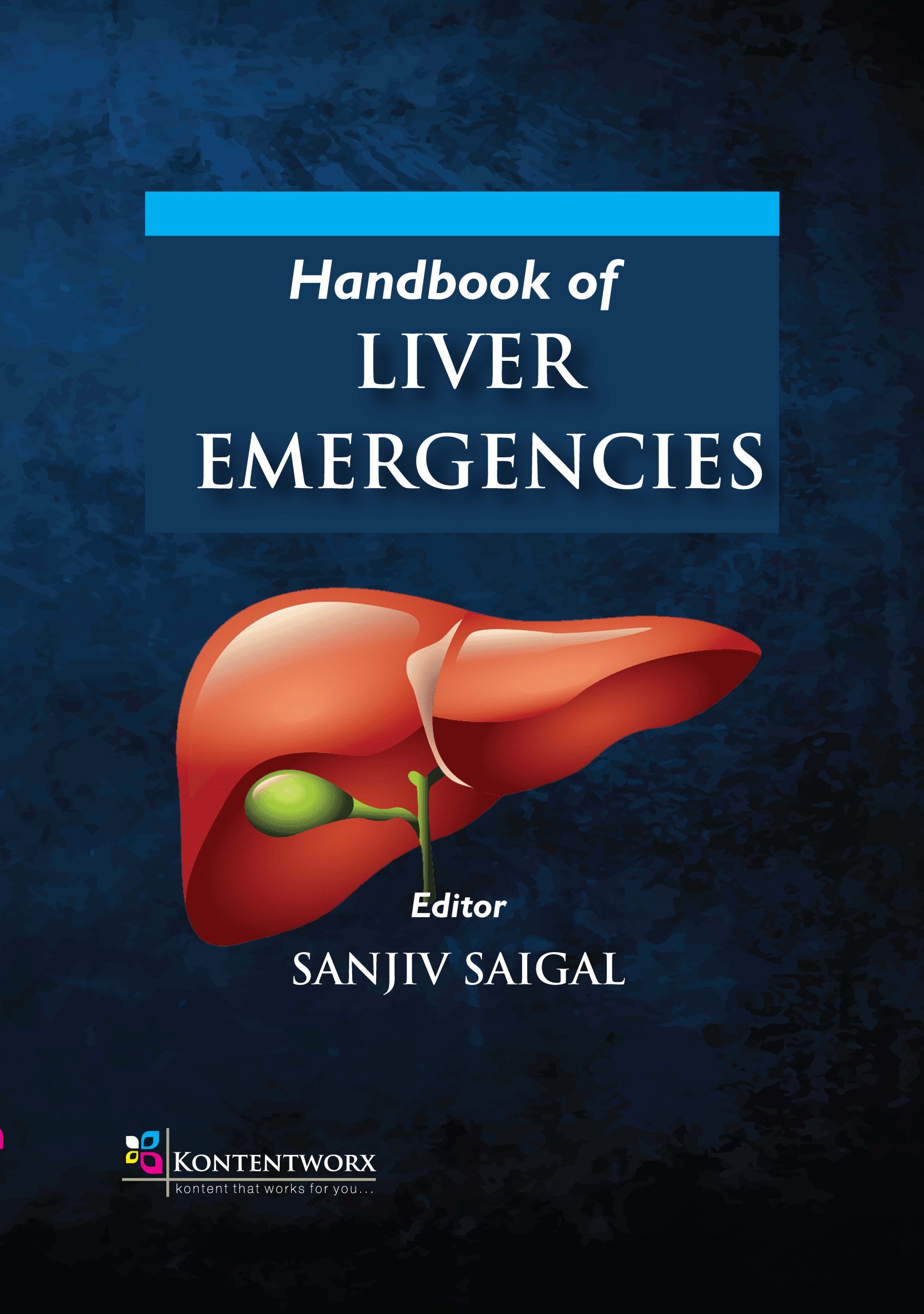


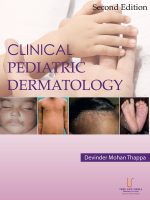


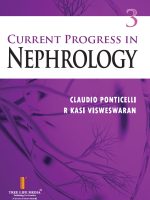
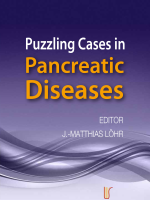
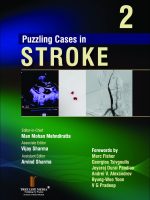
Be the first to review “Handbook of Liver Emergencies”